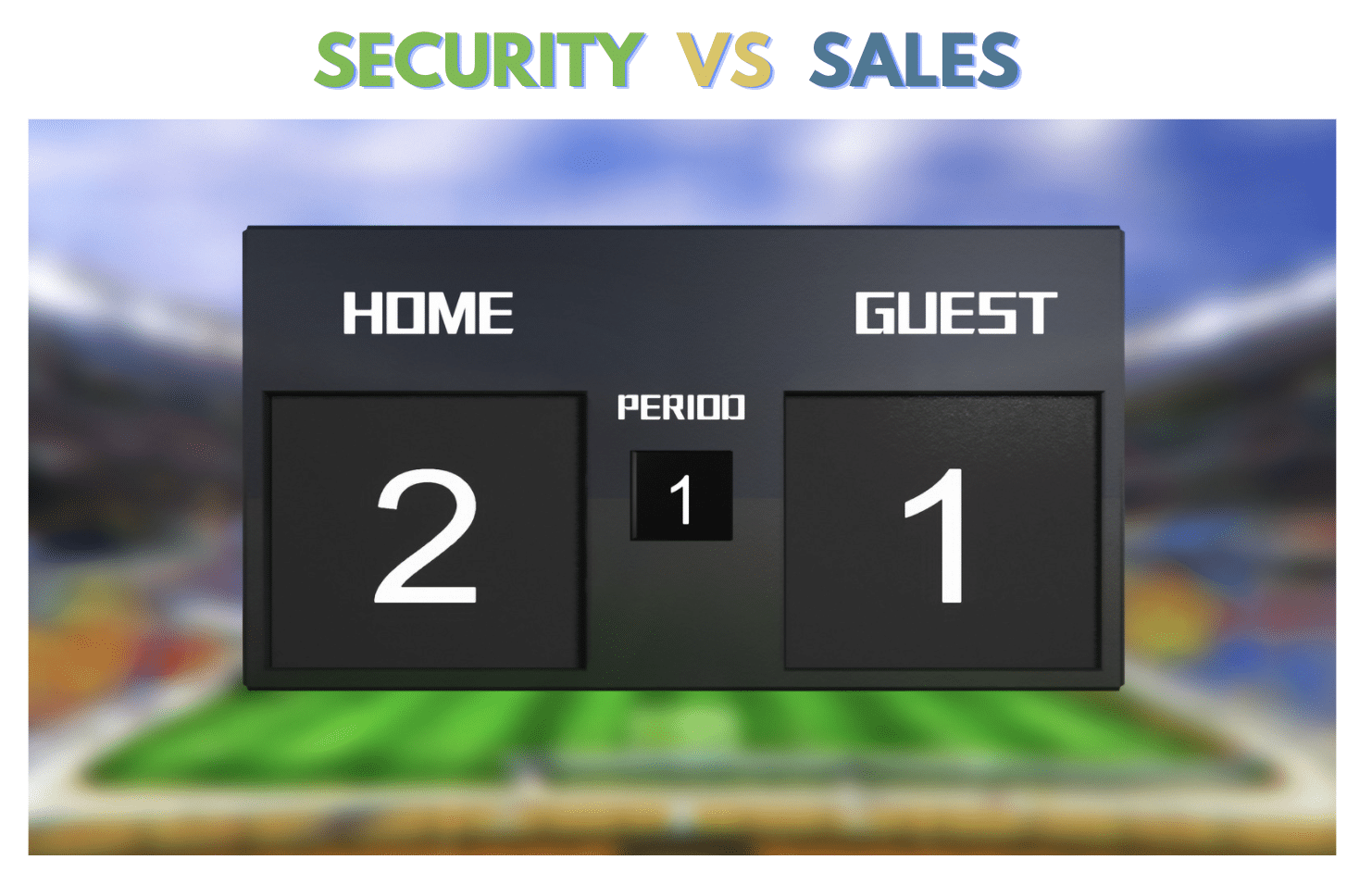
After a month of conferences, dozens of presentations and hundreds of conversations, the state of the MSP is clear. For every three presentations, two are focused on security and one is focused on sales. Not so surprisingly cybersecurity is the focus for sales. As a matter of fact, cybersecurity is now table stakes for an MSP. We have heard:
- No one is safe from a cyber attack.
- Your clients expect you to protect them.
- If you aren’t talking about security with your clients someone else is.
- Security sells.
So if the score is Security: 2 and Sales: 1, how does an MSP win? If everyone is talking security, an MSP needs to distinguish and differentiate themselves. The MSP only wins long-term with strategy.
Security sells, but clients stay for strategy. What does that look like? That looks like an MSP that knows how to deliver value month after month, quarter after quarter, year after year. At the most recent conference, this message stood out:
Budgets don’t get cut. Costs get cut. Deliver the budget your clients need. Your MSP won’t be seen as a cost center but as a strategic partner.

So how do you build a budget?
5 best practices in building a budget
- Include TCO (total cost of ownership) to achieve the “C” in vCIO – You’re not performing the job of a C-level executive if your budget only includes expenses from a single vendor – this is Account Management (vendor) and not CIO (Member of your customer’s Leadership Team) work.
- Budget for the conversation you want to have – If your conversation is around near term, actionable items (Account Management) your budget should reflect that (include asset detail, comments, and break it out monthly or quarterly). If your conversation is around long term strategic planning (vCIO) then drop the comments and the detail. Give your customer a budget broken out by year and talk through the strategy of budgetary planning.
- Use the budget to schedule projects – One of the most common reasons your customers won’t buy into project work is because IT has never shared the long term vision in the past. In the customer’s mind, every business review meeting is an ask for more, unplanned money. By working with the client to schedule several years’ worth of projects in advance, you are helping them budget, plan, and say yes to your proposals by removing uncertainty. Use the budget to do away with the fear that the minute they say yes you’ll find another project and move the goalpost.
- Not all assets are created equal – Make sure to customize the lifecycle of your customer’s assets to account for the difference in the lifespan of a desktop or laptop vs. that of a printer. While customers may want to budget the replacement of printers every 8-10 years, laptops and desktops should be replaced every 3-5 years. A budget that accounts for these discrepancies makes customer buy-in easier.
- The budget is NOT your best practices – While you might recommend replacement of every desktop every 4 years, that one non-profit client is never going to buy into that. Make your recommendations, have an open and honest discussion with your customer about the business impact of following (or not following) your recommendations, and then build a budget that matches their real world situation – not your desired outcome. An unattainable budget will add no value to your customer and end up in the trash – not as the centerpiece of a strategic conversation.
If you are ready to differentiate your MSP and build total cost of ownership budgets for your clients, Lifecycle Insights can help you automate it. Reach out for a demo. https://calendly.com/lci-contact-us/lifecycle-insights-conversation

